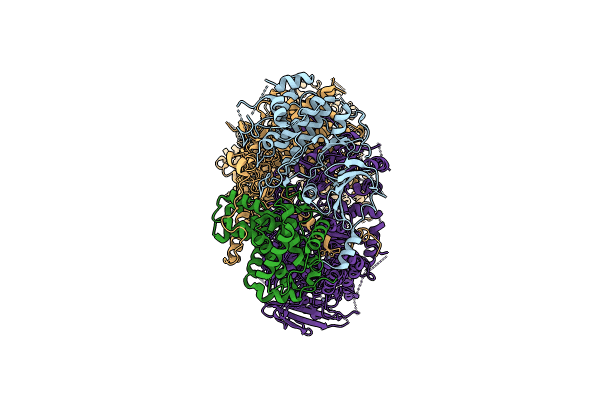
Deposition Date
2023-08-06
Release Date
2024-10-09
Last Version Date
2025-05-21
Method Details:
Experimental Method:
Resolution:
3.80 Å
Aggregation State:
PARTICLE
Reconstruction Method:
SINGLE PARTICLE


